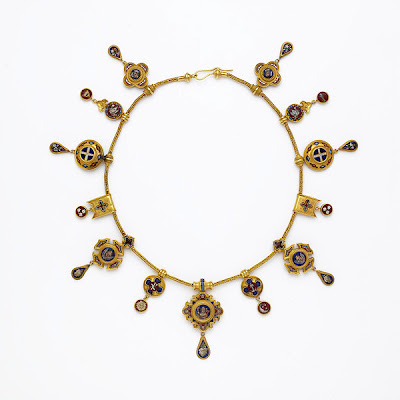Here’s a wee bit of fun from the George Speaight Punch & Judy Archive. This small chromolithograph might actually have been made to be a stamp. It depicts two children and a woman watching a Punch & Judy Show. A jaunty red border makes it all the more charming.
This was printed in the late Nineteenth Century and is the work of an unknown artist.
Now, here's some weirdness...
My friends at the V&A have concluded that this was, in fact, printed in England in the late Nineteenth Century. Yes? Well, on the reverse, written in pencil decades ago, someone has inscribed what appears to be "Swedish Match Box Label (Modern)." I don't know why. Apparently, they didn't know why either. Surely they noticed this when they were writing the inventory number on it (again, I do wish they'd stop writing on things over there at the V&A).
Another odd thing is that the Punch & Judy fit-up (booth) bears a sign in French reading "Theatre de Guigno(l)," (the "l" is missing) in reference to Punch's French cousin.



































